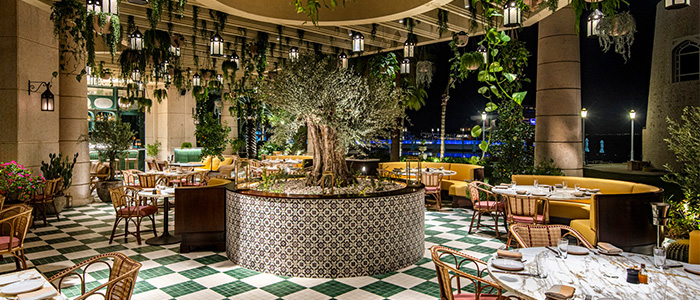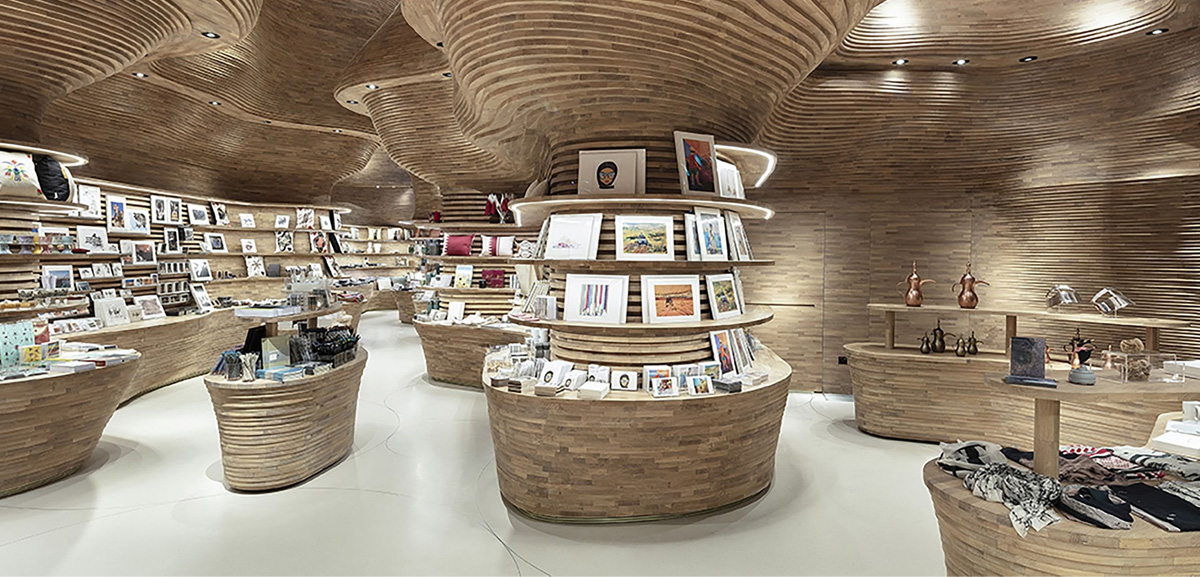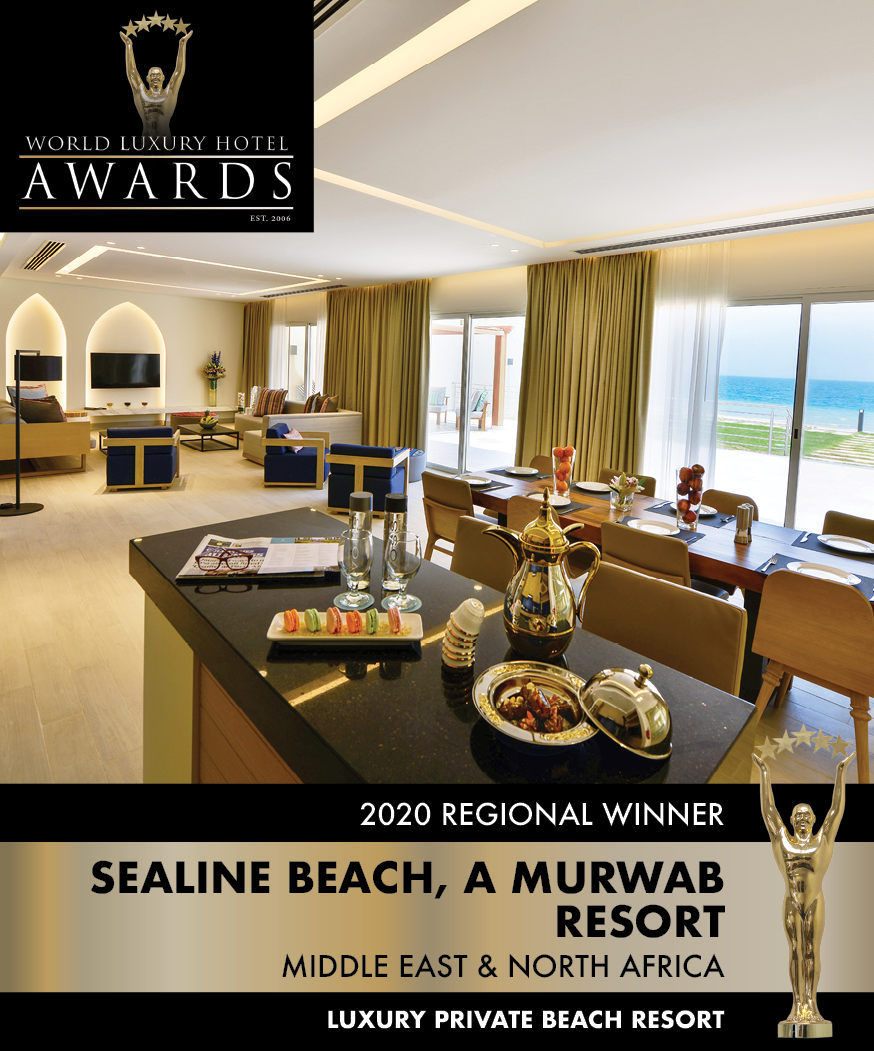I’ve always been a planner. That means my travel itineraries were packed with rushing from one coffee shop to another while visiting every museum and plaza from dawn to dusk. It was exhausting, and by the end, I’d need a vacation from my vacation. It’s how I traveled to almost 70 countries and more than 250 cities.
Maybe it took marrying someone resistant to schedules, or simply slowing down as I age, but over the past several years, I began to travel differently. I learned to wander – to be curious, take in my surroundings and discover parts of a city that go beyond the typical sights.
It’s a mindset shift that requires throwing out a strict schedule. But, perhaps ironically, even the best wandering requires a plan. Here’s what to do before and during your time in a new city.

BEFORE YOU GO
Find locals’ recommendations
I tend to look for guides that take you off the beaten path because they give you a truer sense of the city; they introduce you to the people, rather than the main tourist attractions. These guides are often written by locals or publications focused on obscure travel. Food-centric publications usually take wanderers away from tourist sites and into residential neighborhoods, such as Bon Appétit’s city guides.
Do some Googling, too. I’ve found searching these terms helps uncover less-frequented sights in a city:
“Cheap eats”
“Up and coming neighborhoods”
“Best alleys”
“Most walkable neighborhoods”
Utilize Instagram
Instagram can be a surprisingly helpful tool. Start with Googling “top Instagrammers,” “top chefs,” “top artists” and “top business owners” along with your destination city. Then, see if they have accounts on the app and peruse them. You can also search the geo-tags and popular hashtags on the app itself (these can be found through a simple Google search as well) to find local favorites.
I took this approach on a trip to Austin, Texas, last year. I searched the hashtag #austintx on Instagram and found photos of the Hope Outdoor Gallery, a cliff painted with murals. (It has since closed.) It became a place where locals gathered to watch the sunset over the city. Nearby are neighborhoods full of independent coffee shops and lesser-known cafes. I stumbled upon Caffe Medici, an espresso bar with no tourist in sight. It was a highlight of that trip to Texas.
The people on Instagram who have fewer followers and few to no sponsored posts (posts that use the hashtag #sponsored or #ad) are those who are more likely to know the best local recommendations – and respond to communication. Send them a direct message asking about their favorite local find, restaurant and neighborhood. While preparing for a trip to Panama City that I’m taking in August, I tried this approach. Nearly every person I reached out to replied. I now have a long list of coffee shops, restaurants and white-sand beaches you won’t find in guidebooks.
Create a map
To help keep track of neighborhoods you want to explore, create a Google Map on your desktop and drop pins for recommendations. Then, search the surrounding neighborhoods and add more pins based on what looks interesting. You don’t have to stick to a plan, but it will help keep you organized and remind you where you wanted to explore. Add a layer for walking directions between pin clusters and save the map offline (in case you don’t have regular access to WiFi or cell service at your destination).
WHILE YOU’RE THERE
Ask the locals
Take every natural opportunity to talk to residents. If walking up to strangers on the street isn’t your thing, talk to your Lyft or Uber driver or the servers and bartenders at restaurants. I always ask them these questions about their city:
– What’s one place most people don’t know about?
– What are the off-the-beaten-path or hidden-gem spots?
– What neighborhood do they live in, and what’s interesting about it?
On a trip to Cape Town, South Africa, my first Uber driver recommended the Old Biscuit Mill, a large open-air market and food hall. It was in a neighborhood full of artists called Woodstock. I spent hours meandering through the streets stumbling upon art galleries, shops and cafes.
Look for signs
Be present. It may seem obvious, but you’d be shocked how much time you spend on your phone on a trip. When you’re commuting from the airport to your hotel or Airbnb, put it away. Look out the window. Take a mental note of spots that catch your eye and add them to your map later.
Look for cultural pockets in cities – groups of Ethiopian restaurants, Chinese writing on buildings, Polish flags. You’ve probably come across an immigrant community with deep roots – and probably some of the best cuisine or goods the culture has to offer in the area.
While I was wandering in New York City, I ventured into Chinatown in Lower Manhattan. The colorful signs with Chinese characters and street vendors selling bao brought me to a different world. I pulled up Yelp and searched for top coffee shops. It led me to Kam Hing, a bakery on a side street selling Chinese spongecakes. It’s become my favorite breakfast spot in New York.
Murals, small art galleries and dive-y restaurants are all clues to neighborhoods with different facets to unlock. Areas with public parks also tend to have special spots nearby.
Avoid making reservations
If there’s a restaurant that’s hard to get into, sure, arrange plans, but that category should be the exception if you want to find interesting spots. Be open to stumbling upon places. Walk in and see if there’s a table. If there isn’t, put your name in and use the waiting time to explore the surrounding blocks. If you sit at the bar, even better. You’re more likely to strike up a conversation with a local.
When exploring Georgetown, one of Seattle’s oldest neighborhoods, I walked into Hangar Cafe during brunch hours. It was packed – always a good sign. I put my name in, explored for an hour and came back to enjoy a caprese salad. As I sat outside with Boeing Field feet away, it became clear this is where the locals hang out. The servers knew everyone by name and asked me mine, since, clearly, I had never been in before.
Another example happened on a recent trip to Austin. I knew I wanted to eat at the restaurant Loro for dinner, but I kept several hours free afterward to wander the area. By slowly walking through the neighborhood, I found a Greek cafe and wine bar and an ice cream shop serving dessert tacos – which I never would have if I’d stuck to a plan.
Walk different paths
Don’t walk the same route twice. If you take one street going to a location, use another when leaving. It’s OK to get lost every once in a while – what else are you doing on your vacation, anyway?
Source https://www.thepeninsulaqatar.com/article/24/06/2019/How-to-ditch-an-itinerary-and-discover-a-city
More on Travel & Leisure






Leave A Comment
You must be logged in to post a comment.